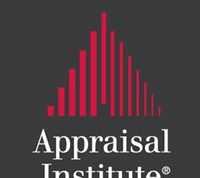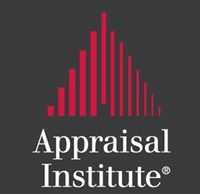State HFAs Highlighted in TAC’s Report on Innovative Strategies in Financing ELI Units
WASHINGTON, D.C. – April 13, 2015 – (RealEstateRama) — On April 9, the Technical Assistance Collaborative (TAC) published Creating New Integrated Permanent Supportive Housing Opportunities for ELI Households: A Vision for the Future of the National Housing Trust Fund. The report identifies the success three state HFAs — Pennsylvania Housing Finance Agency, North Carolina Housing Finance Agency, and Illinois Housing Development Authority — have had in financing supportive housing for extremely low-income households ( ELI; at or below the federal poverty line or earning less than 30 percent of area median income), and argues that the approaches to supportive housing used by these states could be adapted to incorporate Housing Trust Fund (HTF) dollars in 2016.
Authorized by the Housing and Economic Recovery Act of 2008 (HERA), HTF is a permanent federal fund intended to provide grants to States to increase and preserve the supply of housing for extremely low- and very low?income families. HERA required Fannie Mae and Freddie Mac (the GSEs) to transfer a percentage of their new business to finance the HTF, but before the GSEs made any contributions, they were placed in conservatorship by their regulator, the Federal Housing Finance Agency, which suspended contributions to the HTF. On December 11, 2014, FHFA announced that it was directing the GSEs to begin setting aside funds for the HTF beginning January 1, 2015. As NCSHA has previously reported, the money is expected to begin flowing to the HTF sometime after March 2016.
TAC’s report focused on the Pennsylvania Housing Finance Agency Rent Subsidy Fund, the North Carolina Housing Finance Agency Targeting/ Key Programs, and the Illinois Housing Development Authority/ Weinberg Foundation model. TAC chose these models because they add new ELI units to the overall supply without relying on existing HUD subsidy programs, create integrated permanent supportive housing (PSH) units that can help states comply with Olmstead-related agreements and affirmative Olmstead planning, allow for the financing of ELI units that are not necessarily PSH, and are potentially relevant to the development of models using HTF capital and/or operating subsidies. The Pennsylvania, North Carolina and Illinois case studies are also examples of how integral the Low Income Housing Tax Credit (Housing Credit) program is for financing new ELI and PSH units and for future HTF strategies.
Based on these case studies, TAC developed five key principles and recommendations for future use of HTF funds. These include addressing a broad spectrum of ELI needs, including a focus on the most vulnerable ELI populations who need PSH; using the Housing Credit program as a platform to expand ELI and PSH units; using strategies that focus on mixed income approaches; ensuring the most cost-effective, transparent and long-term ELI subsidy as possible; and using HTF resources in combination with other existing affordable housing programs, such as HOME, and not to supplant funding from these programs.
For more information on each program and to learn more about the report, please visit TAC’s website.













